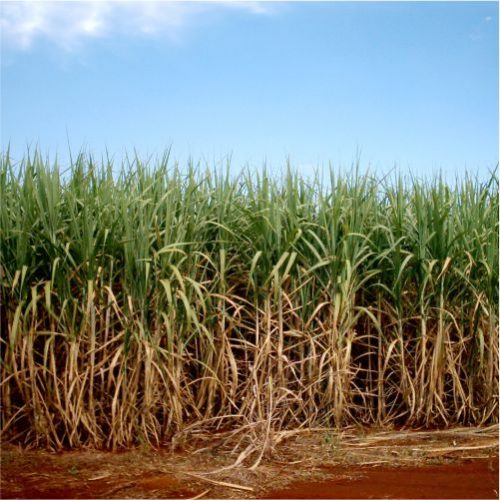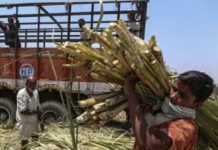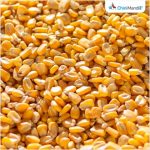New Delhi, India December 2, 2019: Skymet Weather Services – India’s largest private weather monitoring and Agri-risk solutions company has released the third volume of the ‘Kharif Report’ for the year 2019. The report talks about the year’s Monsoon spread and its impact on the production of Kharif crops. It also does an analysis of impact of actual rainfall recorded in the Monsoon season and the forecast for the estimates, anticipating the changes that could possibly occur on the productivity and production side.
Monsoon patterns are witnessing both intra-seasonal and inter-seasonal extremes. If 2018 is compared which was a near-drought, with 2019 which ended with almost excess rainfall; extremes were also witnessed in June’19 that were highly deficit and a record-breaking surplus September’19. This makes reality of climate change glaring.
This Monsoon season, an initial prolonged dry spell in June and early July coupled with excess rain in second fortnight of August and throughout September was detrimental to both life and property. Even the withdrawal was delayed, and rains continued till the first week of October. There are 12 states (Andhra Pradesh, Assam, Bihar, Gujarat, Haryana, Karnataka, Kerala, Maharashtra, Madhya Pradesh, Odisha, Punjab and Uttar Pradesh) that experienced floods which lead to severe losses of life, crops and property. A total of 137 districts in these 12 states were affected and 45,14,475 hectares of land was inundated out of which 32,09,266 hectares was agricultural land.
Apart from the above 137 districts, there are several other districts that experienced high soil moisture for the entire month of September which caused heavy losses to the crop. If soil moisture is persistently above 50% in any region for a long period, then it signifies the presence of inundation and in such cases, crop loss is certain. There are a few pockets that remained rain deficient and losses to crops are witnessed here due to low soil moisture (than average). The withdrawal of Monsoon finally commenced from West Rajasthan on 9th October against the normal date of September 1, making it the most delayed withdrawal in the last 59 years (since 1961) and was gone in just eight days, making it the quickest in the history.
In this report, deep analysis of the impact of actual rainfall recorded between June 1 to October 31, 2019 have been exhibited and the anticipated the changes that could possibly occur on the productivity and production side. Through this analysis, Skymet has arrived at the outcome which indicates that amongst the major crops a decline of 6% has been reported in Sugarcane. Good rains recorded during the second fortnight of July and the first fortnight of August over most of the states have boosted the sowing and helped in covering the lag.
As per the report released by the Ministry of Agriculture on Crop wise Total Acreages as on September 27, 2019 Normal Area (lakh hectares) – 48.32 where in 2019 – 52.45 whereas in 2018 – 55.51 the deviation stands at – 6%.
The vagaries of Monsoon played havoc in the state as one part of the state i.e. Western Ma h a r a s h tr a (Kolhapur, Sangli,and Satara) witnessed massive floods and the other, Marathwada experienced patchy and uneven distribution of rainfall. Gadchiroli in Vidarbha region received excess rainfall while Yavatmal remained deficient. Districts of Marathawada such as Beed, Latur and Solapur of Western Maharashtra recorded deficient rainfall. Rainfall continued to lash the state in October as well. August and September recorded frequent rains at regular intervals that were in line with the crop requirement. After that, excess rains in October created flood-like situation in many parts of the state and damaged crops on over 4 lakh hectares in western and northern parts of the state. Sugarcane, Cotton, Paddy, Soybean, Tur and Groundnut were among the worst hit.
To Listen to this News click on the play button.












